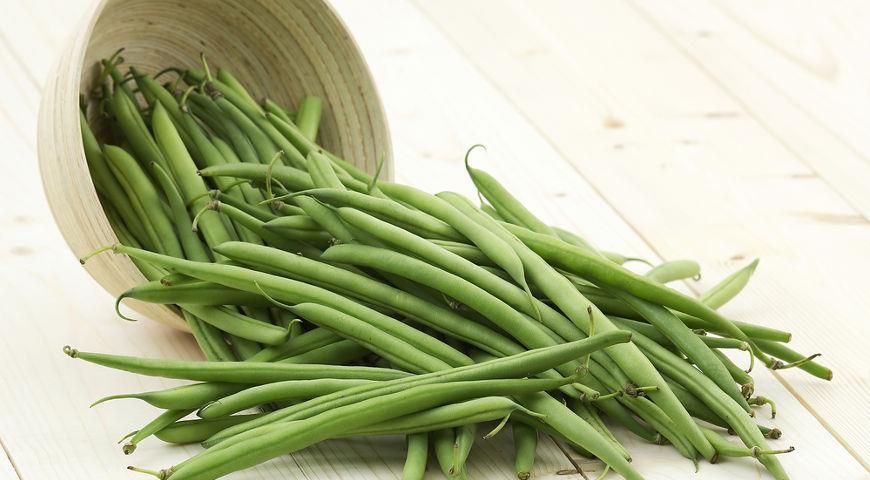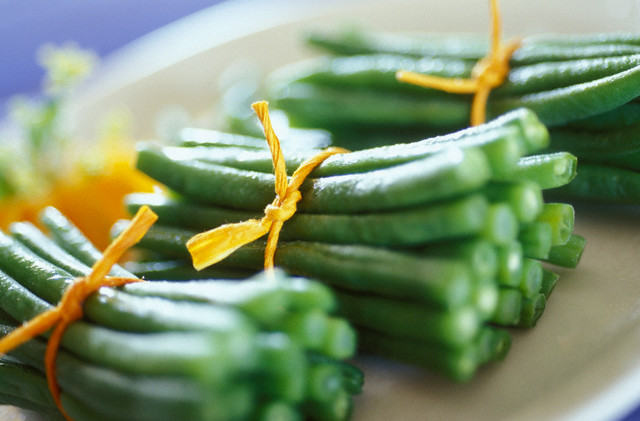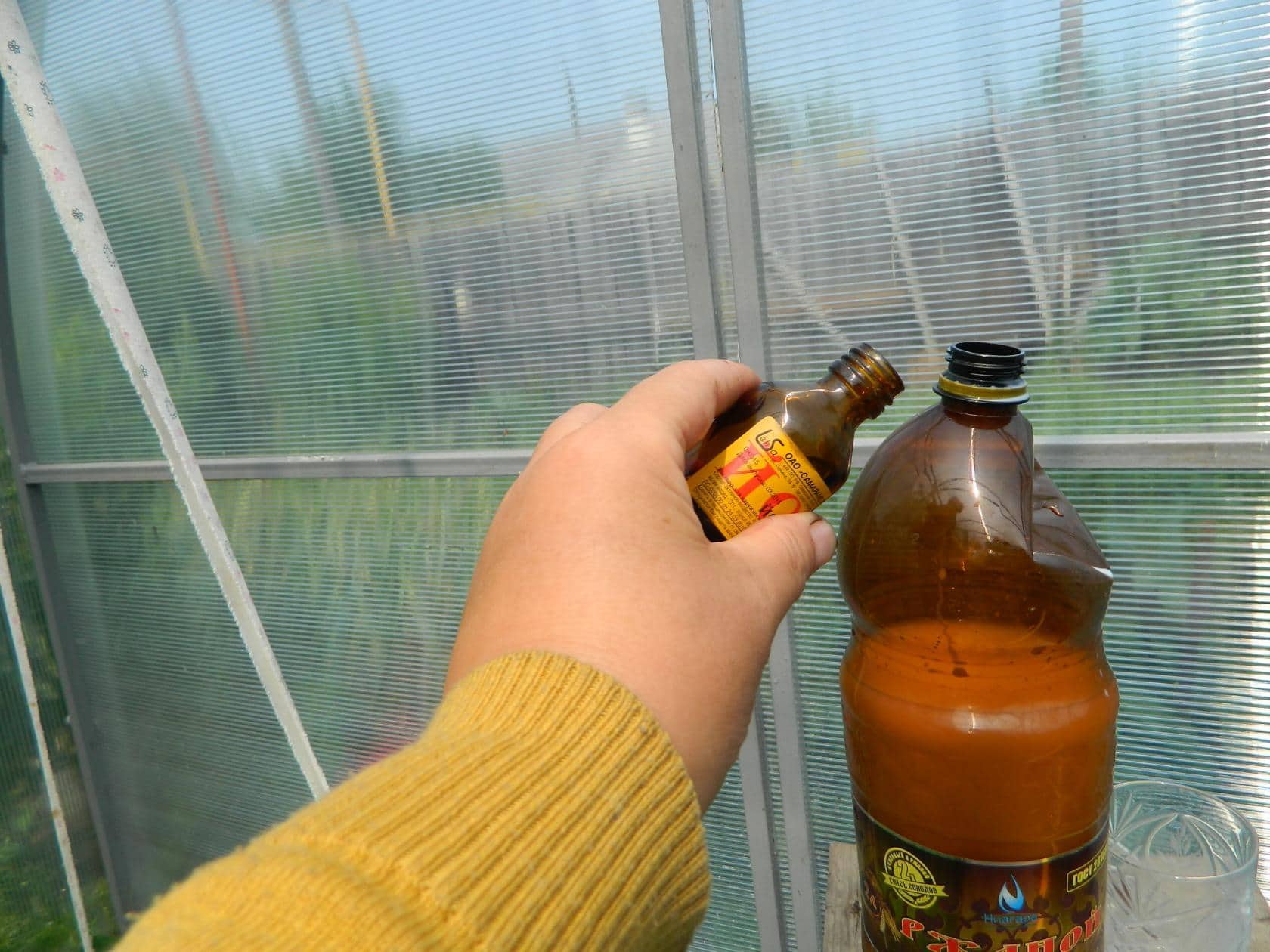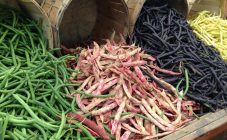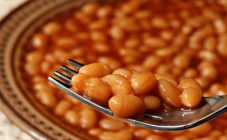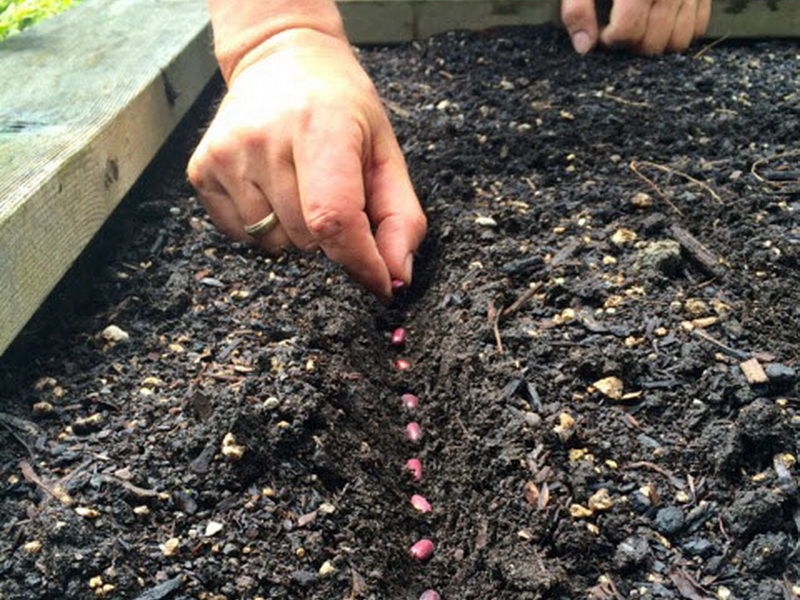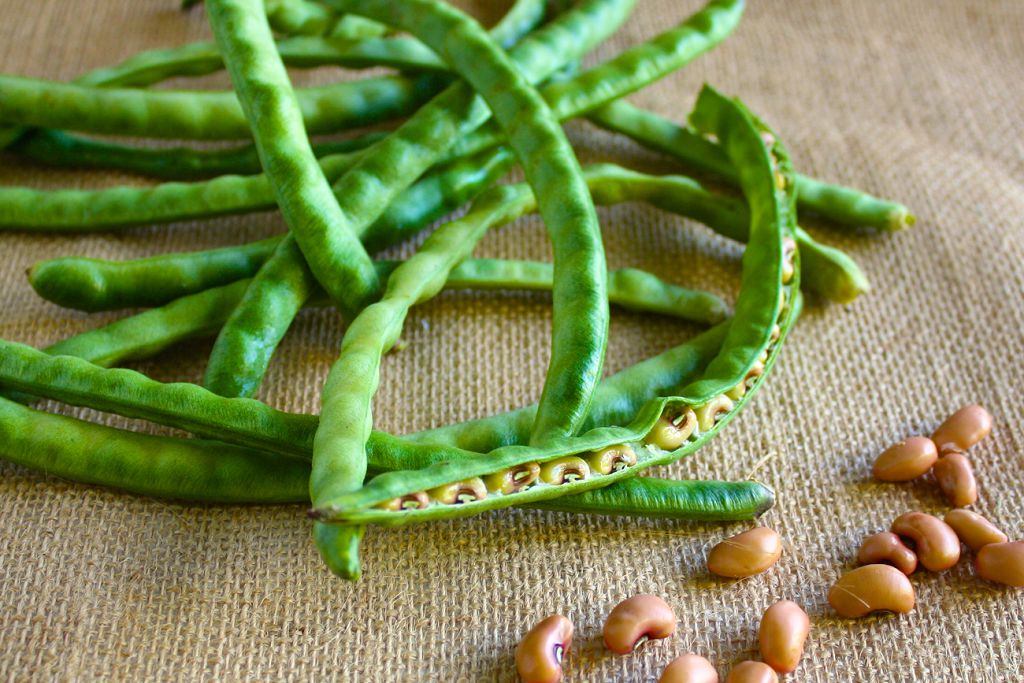Content:
In summer cottages, you can rarely find asparagus beans. An unfairly neglected crop is distinguished by its unpretentiousness and high productivity. Green beans, or torsha, have a delicate taste and no fibrous structure, have a high nutritional value (in terms of the amount of protein per 100 g of product they surpass fish), they are an excellent side dish for meat or fish dishes, an important component of vegetable salads.
The article provides a description of the Serengeti variety asparagus beans, specifies the peculiarities of growing this crop.
Characteristic
String beans Serengeti F1 is a variety of the Russian company "Semko", which has gained popularity among gardeners. The plant belongs to the asparagus variety.
Serengeti beans, medium early plant. From emergence to maturation of the shoulder blades, 50 days pass. The variety is suitable for cultivation throughout Russia, except for the regions of the Far North.
A bush type plant, up to half a meter high. The leaves are emerald green, the flowers are snow-white. The ripe bean pod is slightly curved, bright green in color, 15 cm long. The shoulder blade does not have a parchment layer, it can be used in cooking as a whole, together with the shutters. One pod can contain 8-12 white beans, each weighing 3-4 g. The taste of the beans is assessed as excellent, they are used fresh and for canning.
The yield of Serengeti green beans is up to 2.5 kg per 1 sq. meters. The plant is resistant to rust, legume virus, anthracnose.
Agricultural technology of asparagus beans
The plant should be planted in well-lit areas of the garden, with loose and fertile soil. Serengeti asparagus beans, like other legumes, can improve the structure of the earth, enriching it with nitrogen. It is a good precursor for potatoes, tomatoes, peppers, carrots and onions. The beans themselves grow well after pumpkin, cabbage crops, under which a lot of organic matter was introduced. In one place, it is not recommended to plant beans for two years in a row to avoid the accumulation of infection in the soil.
The plot intended for culture is fertilized in the fall, adding 5 kg of humus, 20 g of potassium chloride, 30 g of superphosphate per 1 sq. m. They dig up the soil. If the land is with a large admixture of clay, sand is added, up to 10 kg per square of area.
Planting scheme of Serengeti beans - 25 by 40 cm, the beans are lowered into the soil to a depth of 1-1.5 cm.It is necessary to install stakes along the edges of the rows, with a rope stretched between them, to which the antennae of the plant will cling.
Seeds can be sown dry or swollen by soaking them for 5 hours in warm water with the addition of potassium permanganate, and then soak in a damp cloth for a day. Sow it in May, as soon as the soil warms up to 15 degrees.
Bean maintenance consists of regular watering and loosening of the soil around the plants. In hot weather, the plant is watered every 2-3 days, it is especially important to saturate the soil with moisture during flowering and filling the shoulder blades.
During the flowering period, bean bushes are fed with a phosphorus-potassium complex with the addition of magnesium. Top dressing will allow the plant to form more shoulder blades. Instead of mineral fertilizer, some gardeners use wood ash, scattering it on the ground before watering, in the amount of 1 glass per 4-5 plants.
They begin to harvest the vegetable from the lower pods, starting from the moment when the beans can be felt inside. Harvesting is best in the morning when the blades are juicy and moist. In a state of technical ripeness, the pods are used for food without storing.
For full ripeness, the bean pods are left on the bush until the valves dry and turn yellow. The husked grain is dried and stored in a dry and dark place, poured into glass jars.
Pests and diseases
In a rainy summer, with thickened crops, beans often suffer from fungal diseases: powdery mildew, root rot, bacteriosis. If beans are grown on a shoulder blade, chemicals cannot be used. It is permissible to spray beans for grain before flowering with a Bordeaux mixture.
From folk remedies, the processing of plantings with milk whey (a liter per bucket of water) helps.
A whitefly, sprout fly, bean weevil can parasitize on a bean plant. Before flowering crops can be treated with biological products: Trichodermin, Gaupsin, Verticillin.
Before laying beans for storage, it is useful to keep them in the freezer (at a temperature of -17 degrees) for 10-12 days.
Advantages and disadvantages of the variety
In comparison with other varieties of asparagus beans, the plants of the Serengeti variety differ:
- extended fruiting;
- high yield;
- compact size of the bush (does not require high supports);
- disease resistance;
- high sugar content in the product.
Gardeners already familiar with this variety indicate its full compliance with these characteristics. They note the thermophilicity of the variety and recommend planting it in the Moscow region and north, under light shelter or sowing for seedlings.
Good results were shown by the variety planted in containers on the balcony. Productivity, with proper care, is not inferior to plants planted in open ground. Balcony beans suffer less from diseases and pests.
